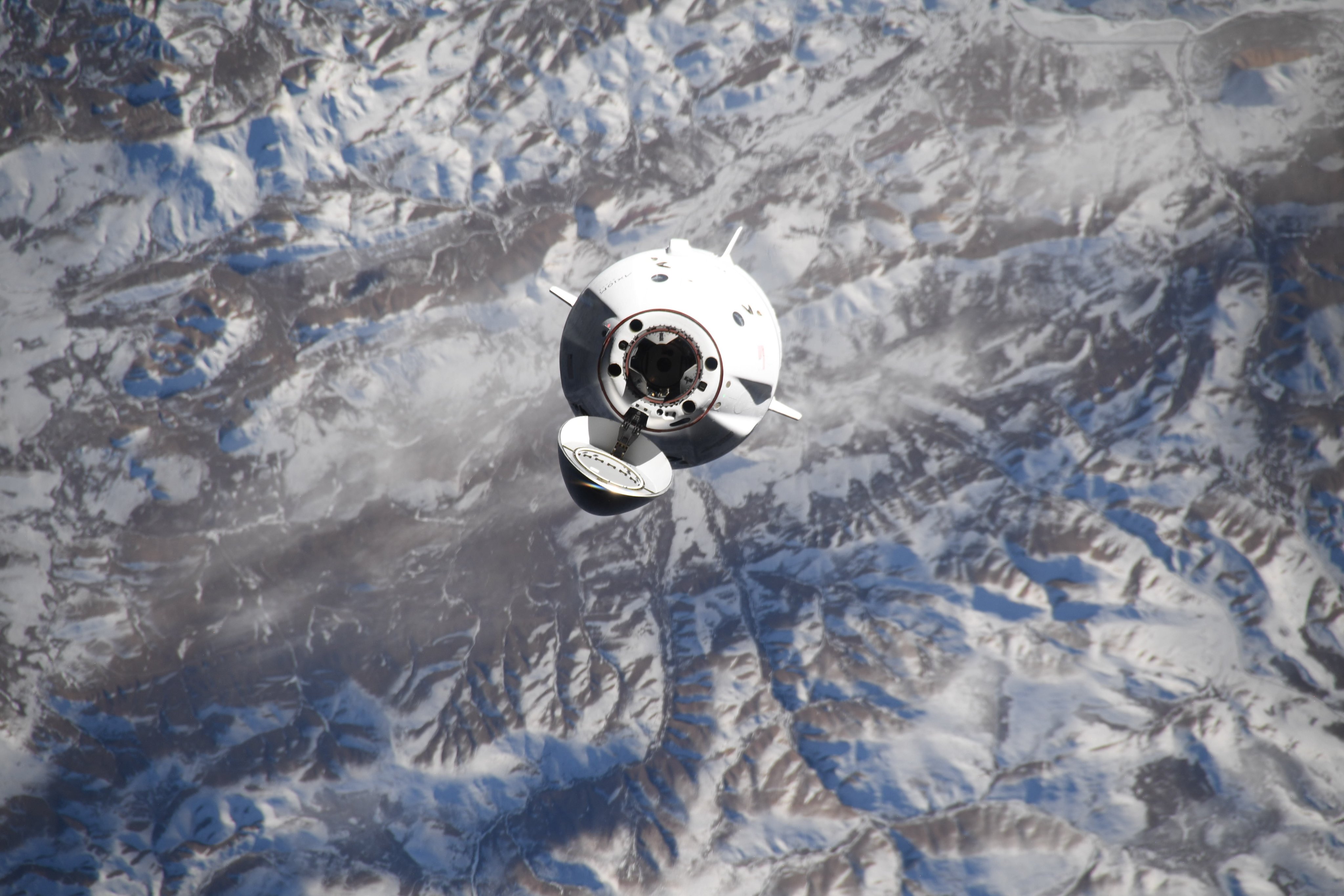How does the Dragon Capsule ensure a safe return to Earth at speeds of 17,500 mph from the ISS?

🌌 Hello, space enthusiasts! Today, let’s embark on an exhilarating journey as we explore how SpaceX’s Dragon Capsule guarantees a safe return to Earth from the International Space Station (ISS) while hurtling through the atmosphere at a staggering speed of 17,500 mph (28,000 km/h). This is no small feat, and the engineering behind it is nothing short of fascinating! 🚀
The Dragon Capsule is specifically designed for re-entry, equipped with state-of-the-art technology to ensure the safety of its crew and cargo. As it departs from the ISS, the capsule faces formidable challenges, chief among them the blistering speed of re-entry and the intense heat generated by atmospheric friction. At peak descent, temperatures can soar to an astonishing 3,000°F (1,650°C)! 🔥 So, how does it maneuver through this treacherous process?
First things first, the capsule is lined with a heat shield made of a specialized material called PICA-X (Phenolic Impregnated Carbon Ablator). PICA-X is designed to absorb and dissipate heat effectively, allowing the capsule to survive the scorching temperatures of re-entry. This material’s unique properties enable it to vaporize as it heats up, essentially carrying the heat away from the capsule and protecting the internal environment. 🌡️
Stability is another critical aspect of the Dragon Capsule's re-entry strategy. During the descent, the capsule maintains a carefully controlled attitude to ensure that it enters the atmosphere at the correct angle—a delicate balance between too steep (which could lead to destruction) and too shallow (which might cause it to skip off the atmosphere). To achieve this, the Dragon Capsule is equipped with eight Draco thrusters, which provide fine-tuned control and maneuverability. These thrusters can be fired as needed to adjust the capsule's orientation, keeping it perfectly aligned with the ideal trajectory. 🎯
As the capsule descends and slows down, parachutes take center stage in the final stages of re-entry. The Dragon is fitted with four primary parachutes, which deploy at around 18,000 feet above sea level. These incredible silk canopies dramatically reduce the speed of the capsule. By the time it reaches just a few hundred feet above the ocean, its descent velocity decreases to a manageable 15 mph (24 km/h)—perfect for a gentle splashdown! 🌊
Finally, one of the most significant advancements in the Dragon’s design is its autonomous recovery system. While astronauts can manually control the spacecraft, the capsule features autonomous navigation and docking capabilities. This means that even in emergency situations, the system can adapt and execute safe landing procedures on its own if necessary.
So, there you have it, adventurers! The Dragon Capsule’s safe passage from the ISS back to Earth is a marvel of modern engineering, blending cutting-edge materials, precision maneuverability, and automation to ensure crew and cargo return safely. As we continue to push the boundaries of space exploration, the technology behind the Dragon Capsule is just the tip of the iceberg. 🌠
Catch you later, and keep looking to the stars!
#SpaceX #DragonCapsule #SpaceExploration #Reentry #RocketScience
Image credit: SpaceX